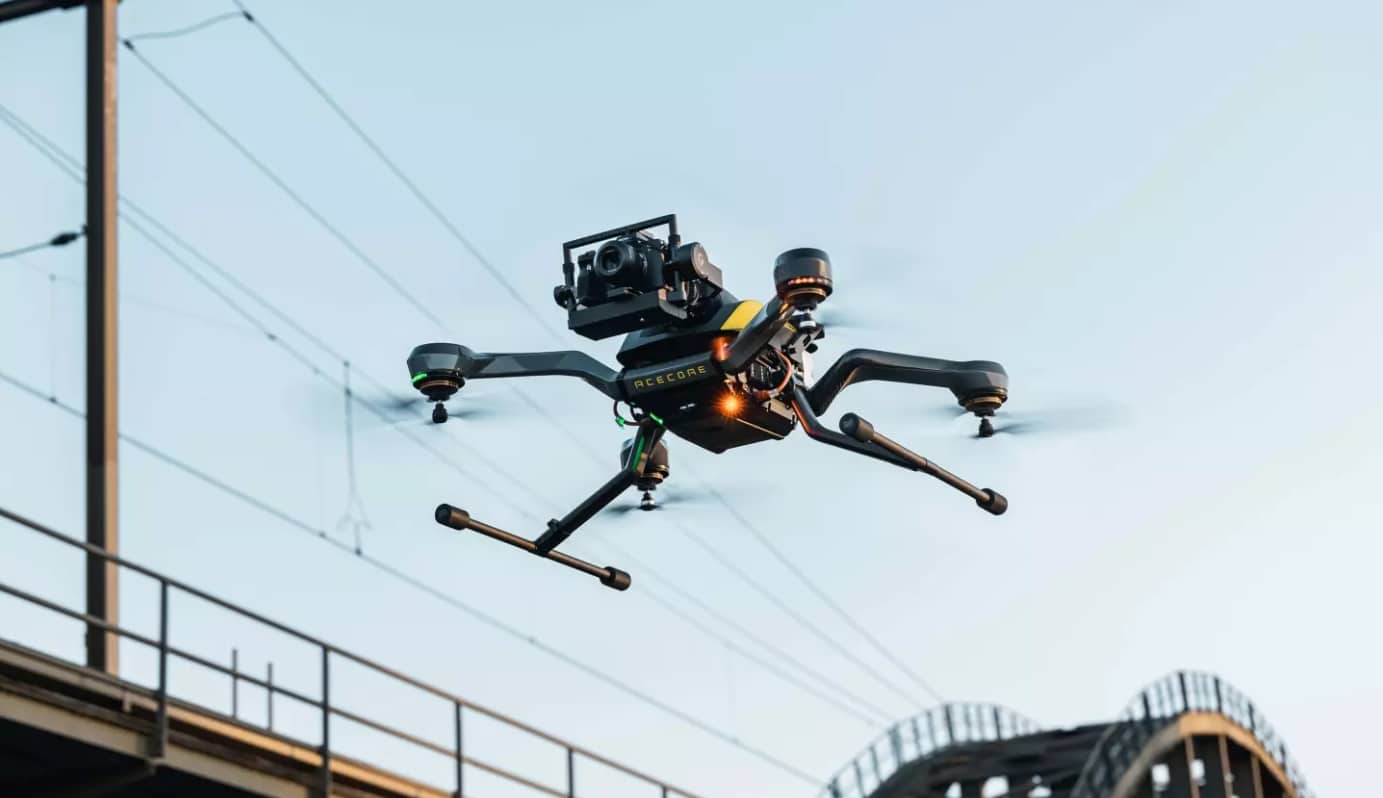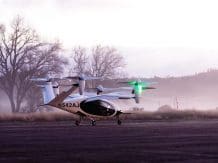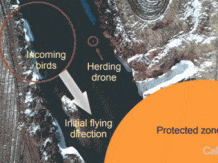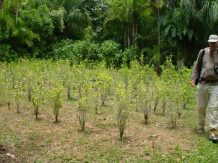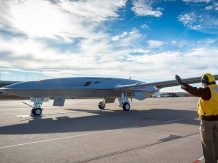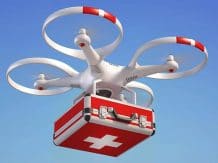We have just learned about another program as part of the Small Business Innovation Research project carried out by NASA. As part of it, the Japanese startup MetroWeather will join forces with TruWeather in the US to ensure that in the past, accurate wind maps will be able to support the use of drones.
The two companies will join forces in a NASA project that aims to provide detailed windmaps for drones in the future
The use of delivery and personal transport drones in our daily lives is no longer science fiction, but a reality. At the moment, although limited to a few locations around the world, the growing trend of interest in these technologies will certainly lead to the fact that at some point in the future drones will connect with our lives for good. Especially in urban environments, where their indiscriminate coverage is forgiving.
Also read: The HAMR hybrid drone can fly up to 3.5 hours, but this is not its only advantage
However, as every drone operator knows, the wind is their main enemy and that is why NASA has decided to support these companies in their efforts to develop special wind maps for drones. To this end, from March next year, two LIDAR sensors from MetroWeather will be used by New York-based company TruWeather at NASA’s drone testing site to demonstrate how real-time wind information can help drones choose optimal routes to avoid wind and other shear. dangers.
Also read: Drones with defibrillators after practical tests. The results are promising
By themselves, LiDAR sensors work by sending pulses of laser light millions of times per second over a distance of up to 18 kilometers, allowing them to determine the distance to surrounding objects and build a three-dimensional map of the environment from the reflected light. In the MetroWeather variant, they take the form of a device the size of a coffee table weighing 130 kilograms.
Also read: Wingcopter 198 drones will support health care across the country
These physical sizes are crucial because normally such an efficient LiDAR would resemble the size of a single family home, but MetroWeather has solved this problem by using its proprietary signal processing algorithm that allows the use of a lower power laser beam without sacrificing accuracy.
Want to stay up to date with WhatsNext? Follow us on Google News




